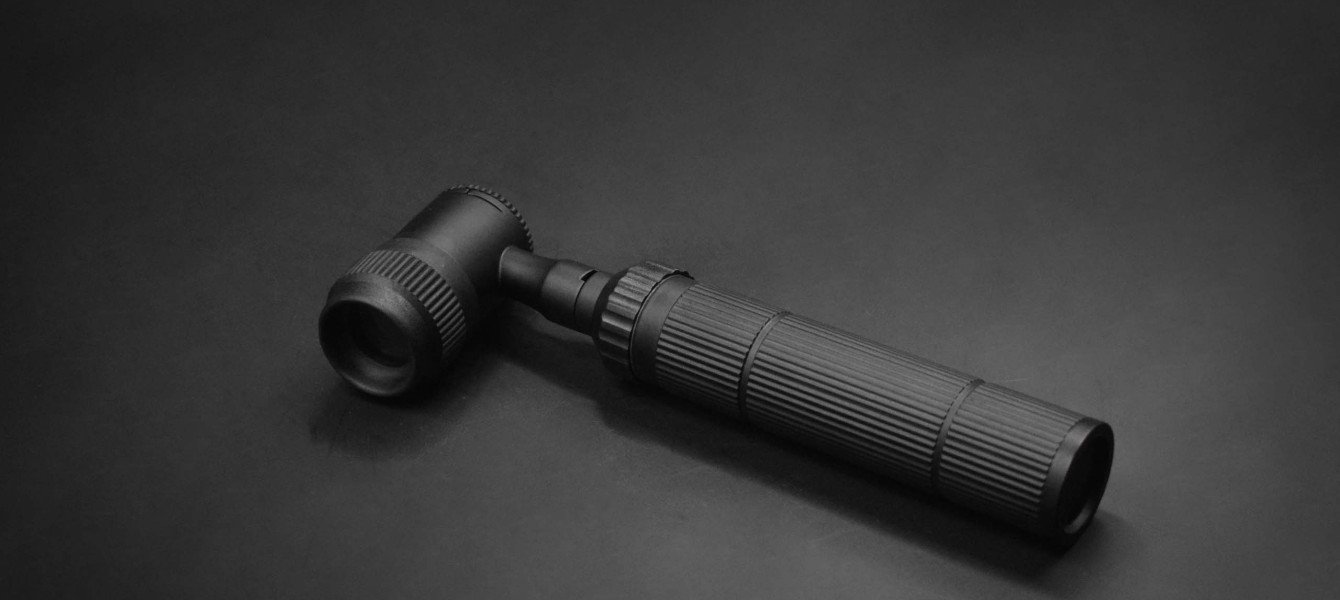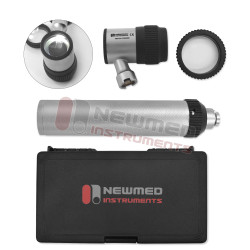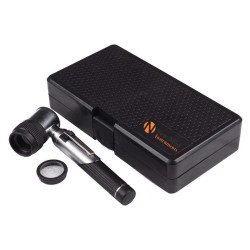Dermatoscopes

Introduction to Dermatoscope:
A dermatoscope is a very important tool for skin care specialists, plastic surgeons, and dermatologists for detailed observation of skin. This medical equipment helps in analyzing skin conditions such as skin diseases, lesions, and moles with extreme precision. Dermatoscopes incorporate a variety of the latest technologies such as features with high magnification, chemiluminescence microscopy(a standard tool in biomedical research), and polarized light dermatoscopy to help experts closely examine skin structures with more ease so that skin diseases such as melanoma, skin cancer, and other skin diseases can be easily identified.
Types of Dermatoscopes:
Digital Dermatoscope
A digital dermatoscope allows for improved image acquisition with healthcare providers being able to save and record detailed images of skin lesions. Such a device allows for better image quality with the added benefit of compatibility with teledermatology solutions that enable remote diagnosis and consultation.
Polarized and Non-Polarized Dermatoscope
The two major categories of dermatoscopes are non-polarized dermatoscopes and polarized light dermatoscopy. Polarized light dermatoscopes inhibit skin surface reflection and provide better observation of deeper skin structures, a requirement for viewing structures like hair follicles and blood vessels. Non-polarized dermatoscopes are generally used in routine skin examinations with a close-up look and unfiltered vision of the skin surface.
Mini Dermatoscope
The mini dermatoscope is a portable version that is much favored due to its small size and simplicity. It allows dermatologists to perform skin checks on the go and is well-suited to practitioners who require a portable solution.
Key Features of dermatoscopes:
LED Dermatoscope
LED dermatoscopy ensures superior illumination with constant and bright light for skin inspection which is critical in identifying faint changes in skin structure. This allows dermatologists to identify very intricate skin conditions with ease.
High-Magnification Dermatoscope
For detailed examination of skin, a dermatoscope with a high magnification allows for a more detailed skin examination and more accurate diagnosis. Adermatoscopye is particularly useful in diagnosing early melanoma and other skin cancers.
Wireless and USB Dermatoscope
Modern wireless dermatoscopes are portable and convenient, and USB dermatoscopes are simple to connect to a computer for image storage and analysis. They are both critical for digital dermoscopy education and teledermatology solutions.
Innovative Applications in Skin Care:
Trichoscopy and Epiluminescence Microscopy
Trichoscopy is the application of dermatoscopy in hair and scalp assessments to allow specialists to identify scalp conditions, patterns of hair loss, and other conditions. In the interim, chemiluminescence microscopy is a technique for analyzing skin lesions at a cellular level and understanding deeper skin layer information.
Multispectral Dermatoscopy
Multispectral dermatoscopy is a new technique that employs multiple waves of light in combination to analyze skin features more comprehensively and further improve the diagnostic capability of dermatoscopes.
Conclusion:
From handheld dermatoscopes to digital and smartphone-compatible ones, dermatoscopy has evolved as an essential gadget for skincare experts. With capabilities like AI-powered dermatoscopy, magnifying lenses with high power, and wireless communication, these dermatoscopes are now more efficient and convenient than ever. Irrespective of whether you are carrying out routine checks or targeted treatments, dermatoscopes are a key element in maximizing skin care outcomes and enabling teledermatology solutions.



